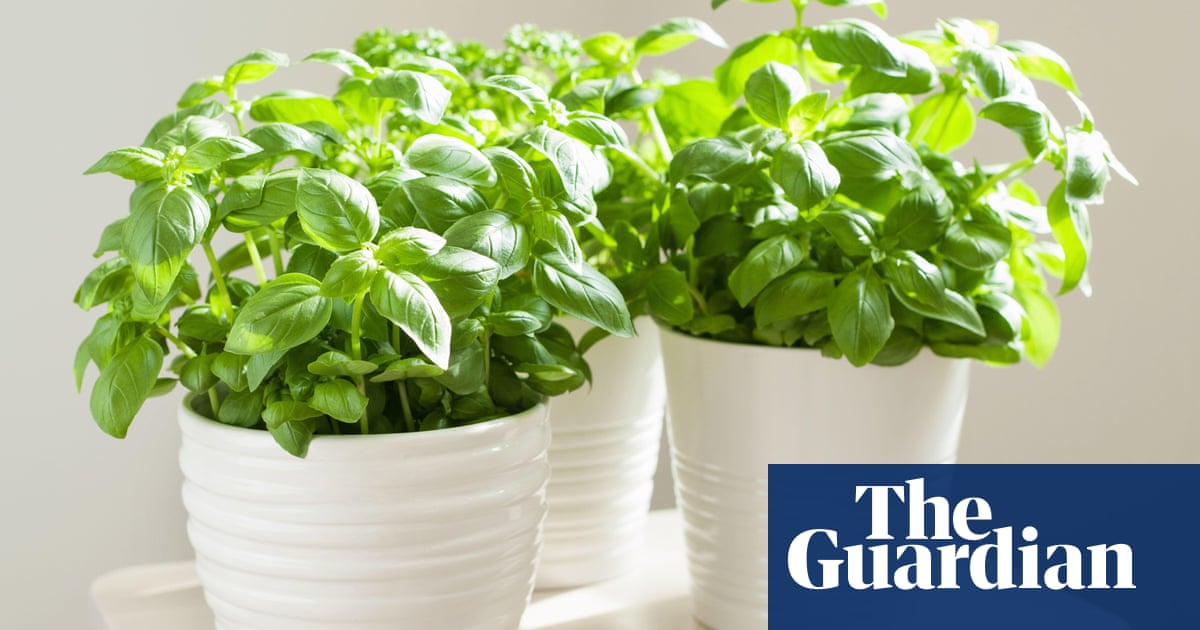
Ilove this time of year. The steadily shortening days and warm autumnal light herald the transition to more gentle times in the garden. Yet there are still plenty of summer crops to harvest and the autumnal ones – damsons, hops, apples, winter squash – are arriving. As the season shifts, I can be found freezing runner beans and chopped tomatoes, as well as making the effort to properly prepare certain crops and plants to lengthen the time I’ll get to savour the taste of these abundant summer months.
Parsley is one of the herbs I try to have growing year-round, given how straightforward it is to start from seed and how unfussy it is. I’ve successfully managed to keep my spring/summer parsley plants in the ground through winter with the protection of horticultural fleece, but last winter a blizzard reduced my overwintering plants to mush. So this autumn I’m going to lift one of my plants out of the ground and into a large pot filled with fresh compost which I can move to a more sheltered position to lightly pick from through the coming colder months.
And I’ll be repotting the late-sown basil plants that haven’t flowered and moving them into the greenhouse until the temperature drops below 15C, when it will be time to put them on the kitchen windowsill.
If I didn’t love growing chillies from seed every February, I might be tempted to overwinter some plants by removing all the fruit then pruning the branches and stems back in order to coax them into a dormant state, in compost that I’d keep slightly moist. When spring comes around – assuming they’re still alive – they will start to grow new shoots and, with a head start, produce an earlier harvest compared with the seedlings grown from seed sown when spring starts to show itself.
If I was fortunate enough to have the room – and a more forgiving soil type than my heavy clay – I would grow carrots in my plot and make the effort to store my harvest properly to ensure I could eat them through to the new year. It’s possible to store carrots in the ground (under a layer of mulch to protect them from frost) and lift them as and when you need them, but this works only if your soil isn’t prone to waterlogging, which soon causes them to rot.
Alternatively, carrots (without their foliage) can be stored in moist sand somewhere that’s cool as well as frost- and mouse-free.
Beetroots grow well in my patch as the roots sit proud above the soil but this does leave them more vulnerable to frost damage, so I make sure to harvest and store them – in the same manner as carrots – before the first below-zero night arrives.












